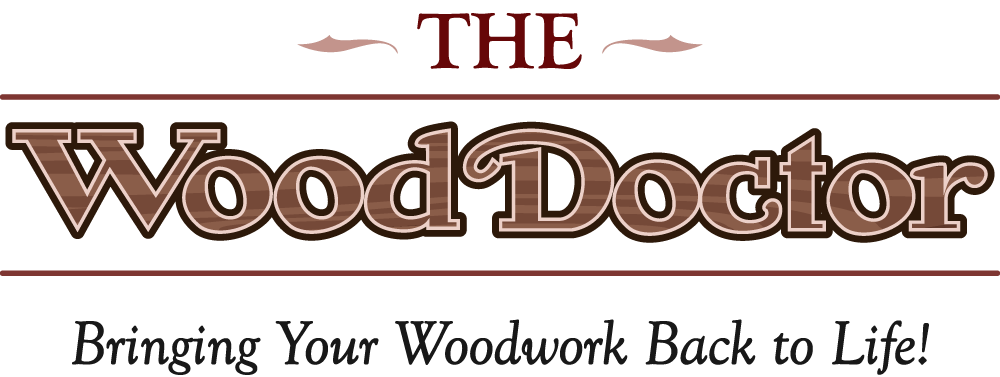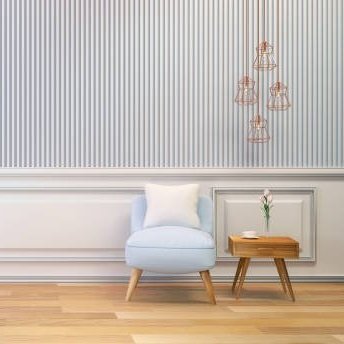Exploring Home Design: What is Wainscoting?
Wainscoting is a type of trim, a technique that enhances the appearance of a room. In the 18th century, it was popular for insulating a home’s interior and providing a more durable wall surface. Today, it’s primarily used for decorative purposes and remains a popular choice due to its ability to fit any décor.
We will talk about wainscoting, its pros and cons, and outline the popular types available.
What is wainscoting?
Wainscoting is a trim technique done on the lower part of the wall. It typically covers a half or a third of the surface. Originally made from wood, plenty of materials are available today, including plastic, stone, vinyl, or ceramic.
Wainscoting is possible without any construction by using peel-and-stick wallpapers. Many wallpaper solutions come in a wainscoting design and are a popular solution for DIY projects.
On the other hand, traditional wainscoting is a relatively expensive and challenging venture. Applied molding wainscoting is a more affordable and flexible option.
Wainscoting pros
Below are three main benefits of wainscoting:
Enhanced room design
When it comes to room design, wainscoting elevates any room without affecting the floor space. It also saves valuable space as it fits only to the lower part of the wall.
Versatility
It comes in many designs and patterns, making it one of the most versatile home decoration solutions.
Universality
It’s a universal solution as well. You can apply wainscoting to any room from dining rooms, offices, living rooms, bedrooms, kitchens, and even bathrooms.
Wainscoting cons
Although versatile and elegant, wainscoting isn’t perfect. There are negative aspects to this trim technique.
Potentially high price
Different wainscoting designs come in different price ranges, and the cost varies greatly depending on the room size, material, panel type, local market, and more.
However, when the cost is the primary concern, professional firms often provide homeowners with alternative solutions that won’t break their bank.
Requires skillful installation
Even DIY wainscoting projects can be hard to finish. They require precise measurements. Chop saw experience and professional know-how are critical.
Types of wainscoting
Most common wainscoting types include raised-panel, overlay, flat-panel, board and batten, shiplap, and beadboard.
Raised-panel
The original, classic wainscoting design has backboards and panels placed on top, offering a raised effect.
Overlay
Like a raised panel, overlay comes with a backboard and a panel but in many geometric patterns.
Flat-panel
This minimalist and modern design has flat panels behind raised rails.
Board and batten
Board and batten are similar to flat-panel, with vertical panels for a more uniform result with rectangular cutouts.
Shiplap
Shiplap is a wainscoting type that includes horizontally installed panels for a rustic look.
Beadboard
Beadboard has vertical boards with ridges in between that typically come in panels that snap together.
Do you want to install wainscoting in your home?
Wainscoting can be a DIY project, but it requires specialist know-how, a specific set of skills, and the right tools. If you decide to install wainscoting on your own, make sure to watch lots of online tutorials first. And in case the process gets too complicated, be sure to contact professional contractors for help.
Trust The Wood Doctor for reliable kitchen cabinet painting and framing, windows, wainscotting, and more in the Portland area. Our eco-friendly products and processes aim to minimize the environmental impact. Call us and get started with your project.

